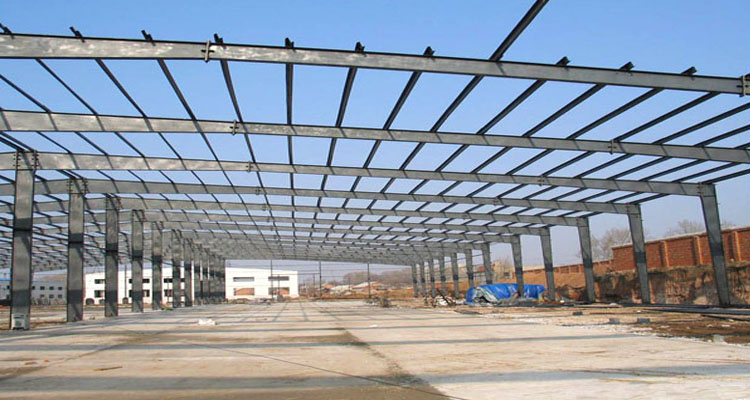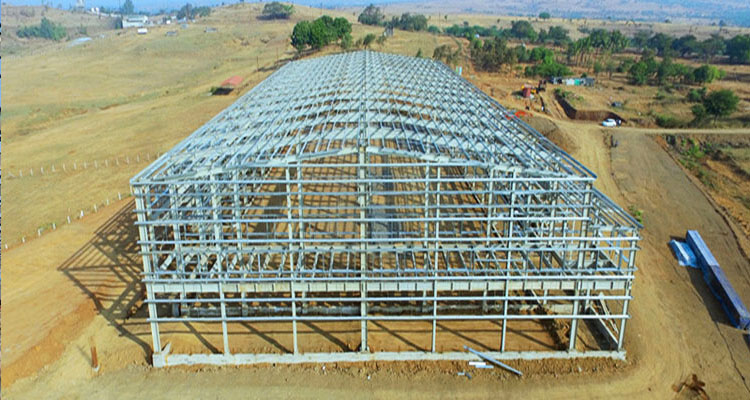How to pre-assemble steel structure buildings
The pre-assembly of steel structure buildings is an important step to ensure smooth construction and efficient assembly. It involves the process of assembling the different parts of the steel structure before being transported to the actual construction site. This approach has many advantages, such as saving time and cost, minimizing on-site assembly risks, and providing greater quality control. In this article, we discuss the steps involved in the pre-assembly of steel buildings.
1. Planning and design:
The first step in the pre-assembly process is proper planning and design. This includes developing a detailed layout and understanding the building's specifications. Accurate measurements and structural calculations were necessary to ensure that all components fit together seamlessly during assembly. The design phase should also take into account any future modifications or extensions that may be required.
2. Parts production:
Once planning and design are complete, the fabrication of steel components can begin. This includes cutting, drilling, welding and forming individual steel members according to design specifications. Quality control is crucial at this stage to ensure that all components are manufactured to the required standard.

3. Labeling and packaging:
When steel components are manufactured, they must be marked and packaged accurately. Each component shall be labeled to indicate its position within the building assembly. This ensures that during on-site assembly, workers can easily identify components and place them in their designated locations. Proper packaging is also critical to protect components during transport to the construction site.
4. Pre-assembled model:
Before the manufactured components are transported to the construction site, pre-assembled models should be created. This involves assembling small sections of the building using prefabricated components. The purpose of the model is to ensure that all components fit together perfectly and to identify any potential issues or required modifications prior to actual assembly.
5. Transportation and site preparation:
Once the prefabricated model has been successfully completed, the manufactured components can be transported to the construction site. Choosing a reliable and experienced shipping service is critical to ensuring the safe delivery of your components. Foundation preparation and site layout should be completed at the construction site to ensure that the assembly foundation is stable and level.
6. On-site assembly:
During on-site assembly, the pre-assembled components are connected and erected according to the design specifications. Labeled components help construction teams efficiently organize the assembly process. Using the right tools and equipment for steel construction is critical to ensuring accuracy and efficiency.
7. Quality control and inspection:
Quality control and inspections should be carried out regularly throughout the pre-assembly and on-site assembly process. This ensures that all components meet the proper codes and standards. Any problems or deviations from the design should be discovered and resolved in time to maintain the integrity and safety of the steel structure building.

The pre-assembly of steel buildings is an important step to ensure a smooth and efficient construction process. It involves careful planning, precise fabrication, labeling and packaging of components, and making pre-assembled models. By following these steps, steel building construction can be carried out with precision, saving time and cost, and ensuring high quality control.
Post time: Sep-01-2023
